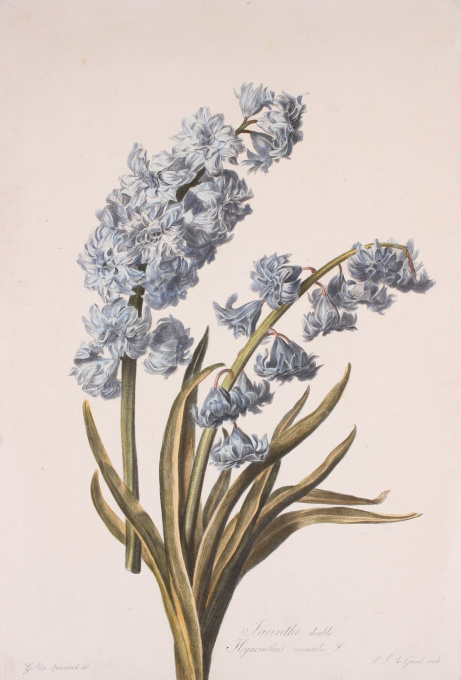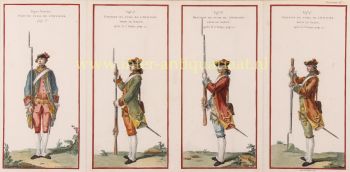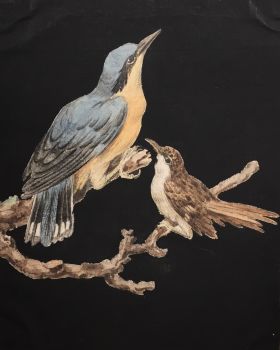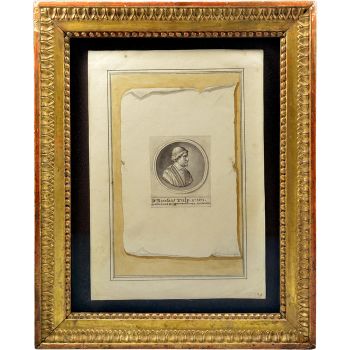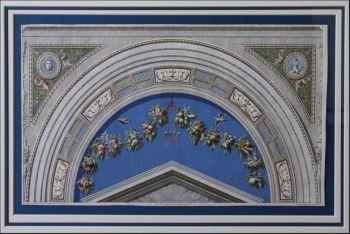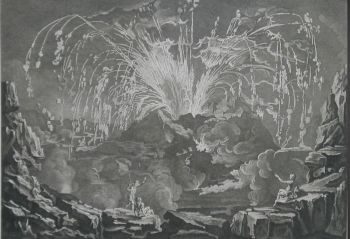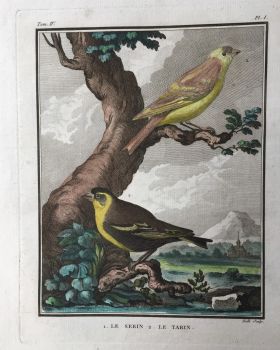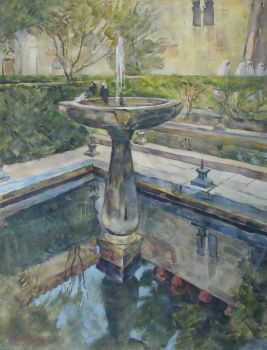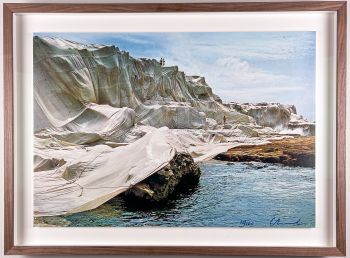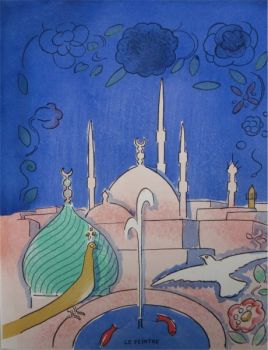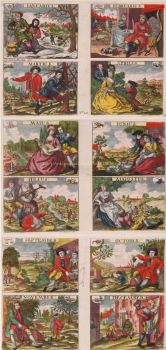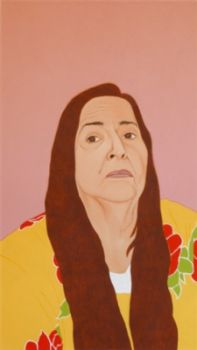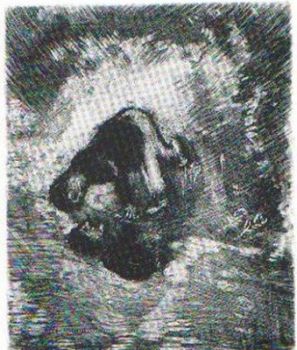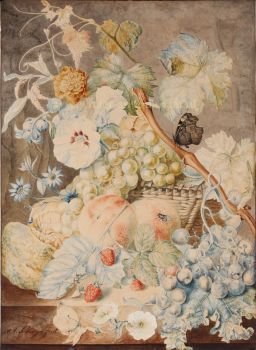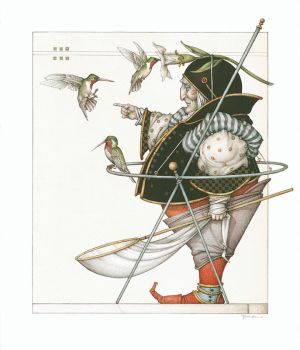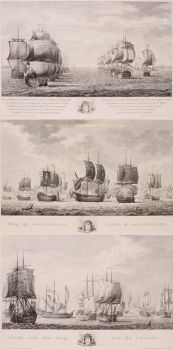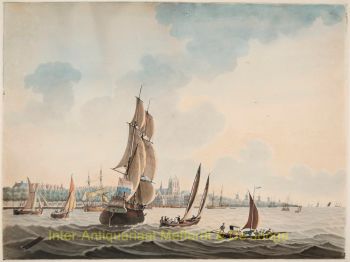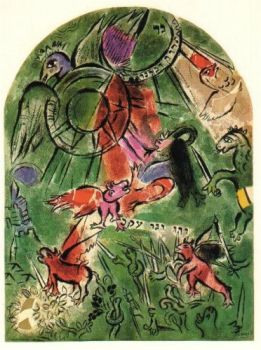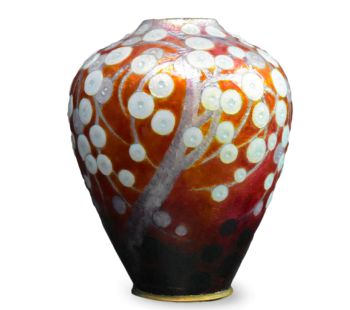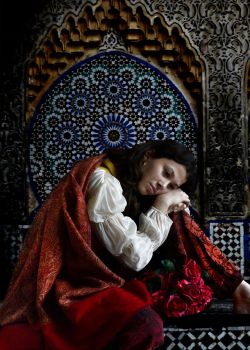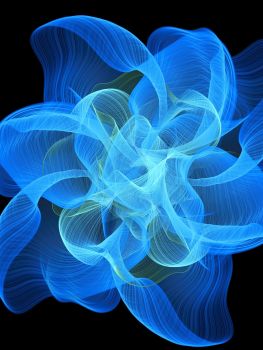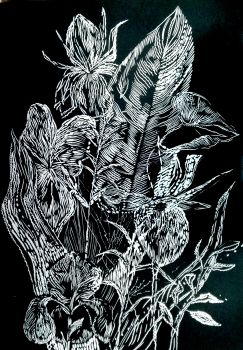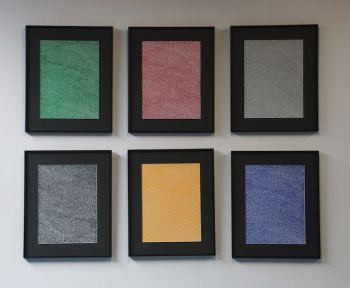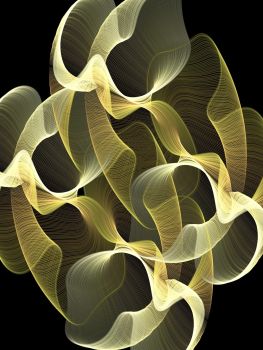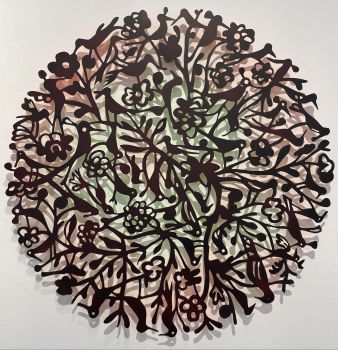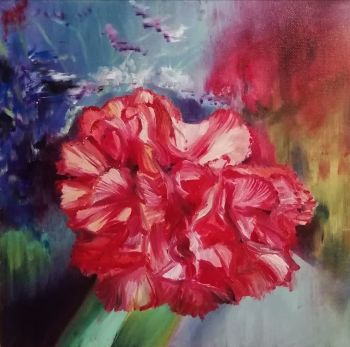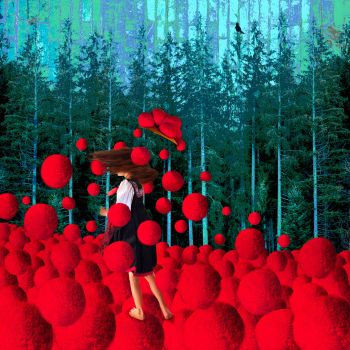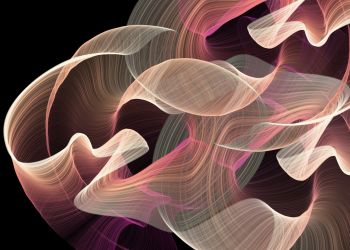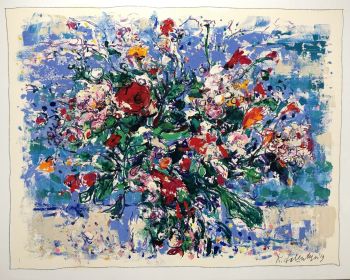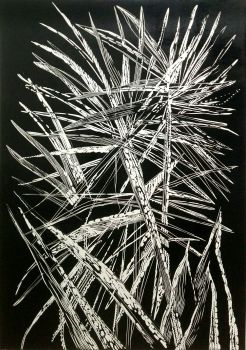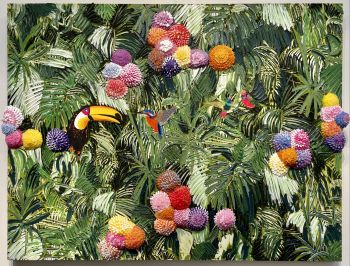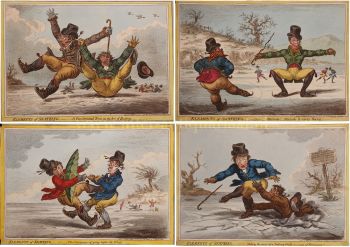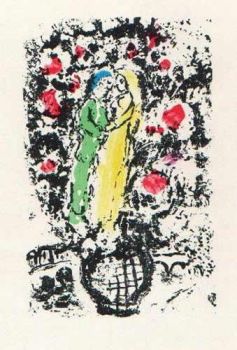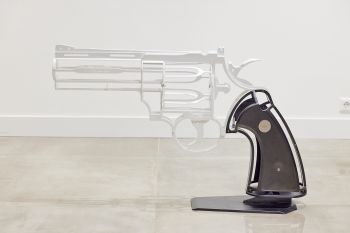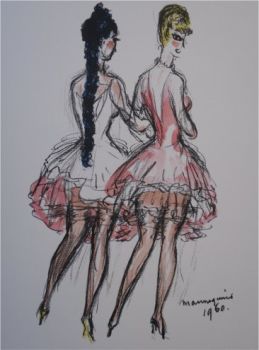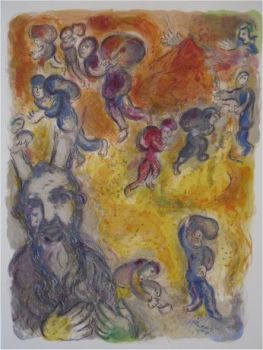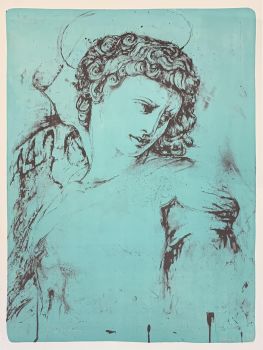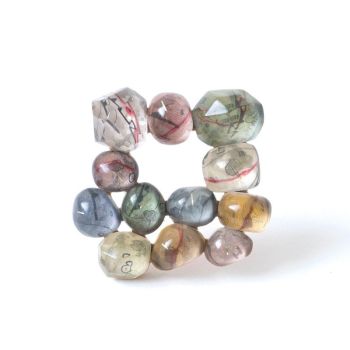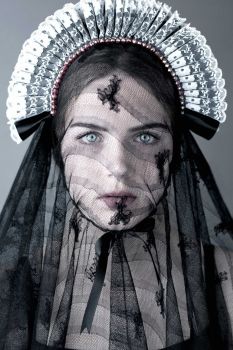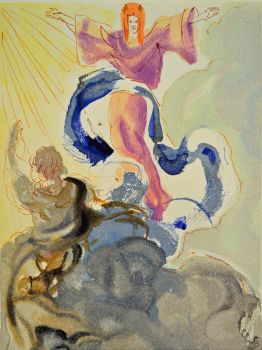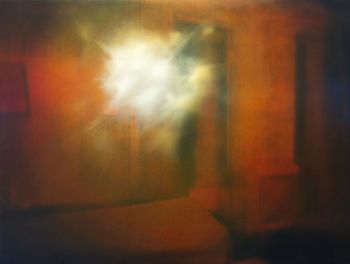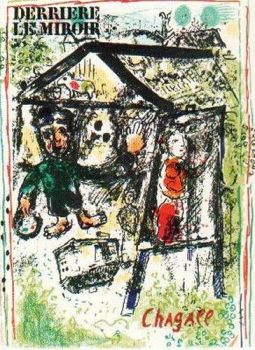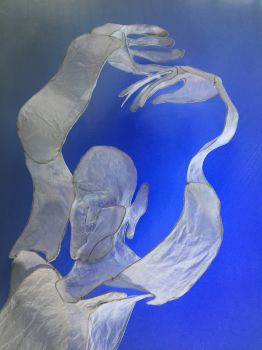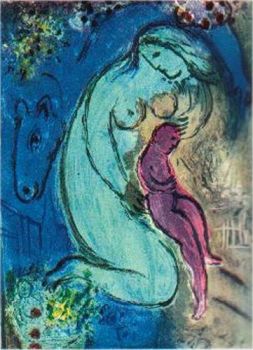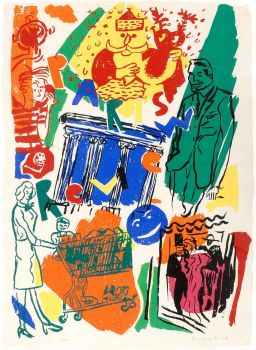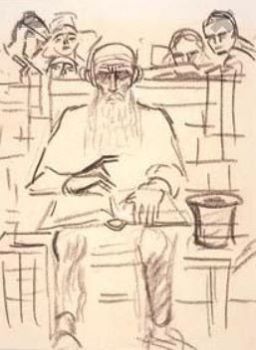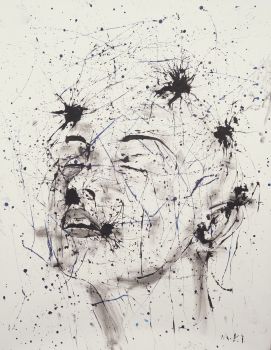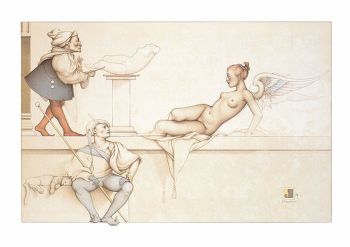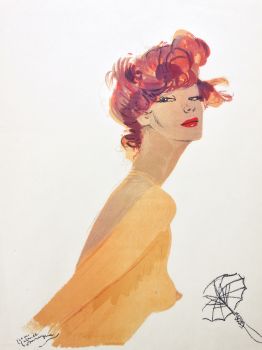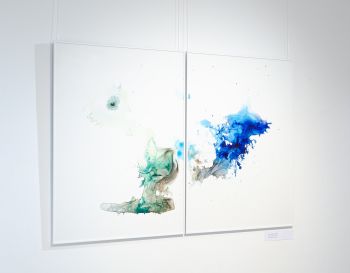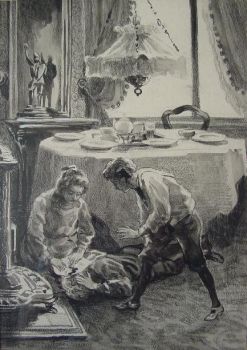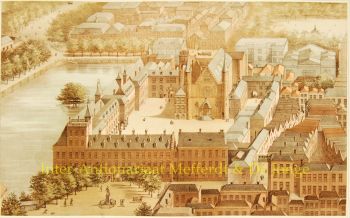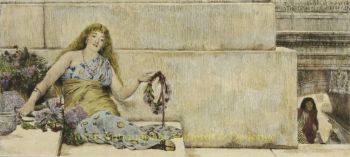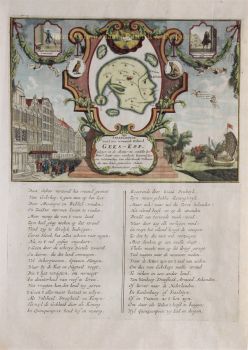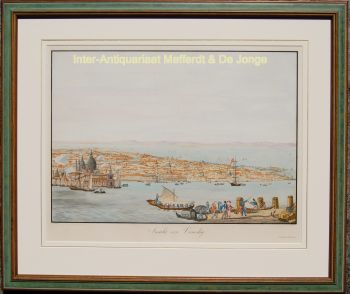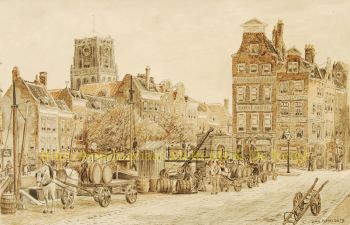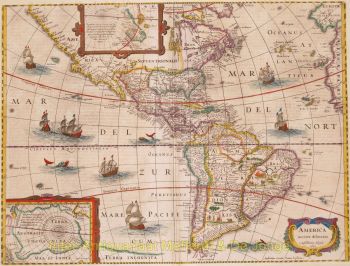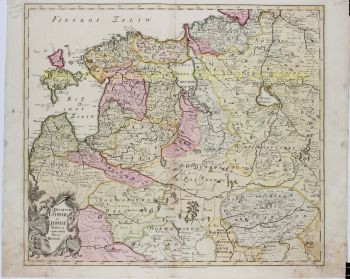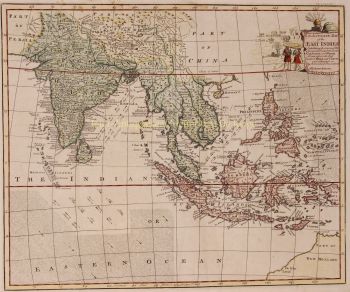Dutch hyacinth 1799 - 1801
Gerard van Spaendonck
PapelImprimir
50 ⨯ 33 cm
€ 1.250
Inter-Antiquariaat Mefferdt & De Jonge
- Sobre arte“Jacinthe double - Hyacinthus orientalis”, stipple engraving made by P.F. le Grand after a drawing by Gerard(us) van Spaendonck from the "Fleurs dessinées d'après nature", published between 1799 and 1801. With original hand colouring. Size (print) approx. 50 x 33 cm. In Greek mythology, Hyacinth was a very beautiful Spartan prince and lover of the god Apollo. Hyacinth was also admired by the God of the West wind Zephyrus. But Hyacinth chose Apollo. With Apollo, Hyacinth visited all of Apollo's sacred lands in the chariot drawn by swans. Apollo taught his lover the use of the bow, of music and the lyre, the art of prophecy, and exercises in the gymnasium. One day, Apollo was teaching him the game of quoit. They decided to have a friendly competition by taking turns to throw the discus. Apollo threw first, with such a strength that the discus slit the clouds in the sky. Hyacinth ran behind it to catch it and impress Apollo, but as the discus hit the ground, it bounced back, hitting Hyacinth's head and wounding him fatally. Alternatively, Zephyrus is held responsible for the death of Hyacinth; jealous that Hyacinth preferred the radiant Apollo, Zephyrus blew Apollo's quoit boisterously off course to kill Hyacinth. Apollo's face turned pale as he held his dying lover in his arms. He used all his medicinal skills and even tried giving ambrosia to heal Hyacinth's wound, but in vain, for he could not cure the wound. When Hyacinth died, Apollo wept, blaming himself. He wished to become a mortal and join his lover in death. However, as that was not possible, Apollo promised that he would always remember Hyacinth in his songs and the music of his lyre. From Hyacinth's spilled blood, he created a flower, the hyacinth, and on its petals inscribed the words of despair, "AI AI" – "alas" Gerard van Spaendonck (1756-1842) studied with decorative painter Willem Jacob Herreyns in Antwerp. In 1769 he moved to Paris, where in 1774 he was appointed miniature painter in the court of Louis XVI. In 1780 he succeeded Madeleine Françoise Basseporte as professor of floral painting at the Jardin des Plantes, and was elected a member of the Académie des beaux-arts shortly afterwards. Van Spaendonck contributed to over fifty works of Les Vélins du Roi, a famous collection of botanical watercolours owned by French royalty. From 1799 to 1801 he published twenty-four plates as part of his Fleurs Dessinees d'apres Nature (Flowers Drawn from Life), which were high-quality engravings for students of floral painting. Today the Fleurs Dessinees d'apres Nature are considered among the best botanical engravings in the world. Stipple engravings with which one is able to differentiate between different tones of gray, turned out to be highly suitable for depicting botanical details, a method that Van Spaendonck also taught his pupil Pierre-Joseph Redouté. Like other famous flower painters, Van Spaendonck was also technically perfect: in oil, watercolour, pen or pencil, on any scale. With attention to every minute detail and elegance and sophistication of the composition, he shows his mastery. Like Jan van Huysum, Van Spaendonck understood the zeitgeist and created flower compositions that matched the taste of the public of around 1800. He combined the traditional Dutch way of representing flowers with French sophistication and good taste. Price: Euro 1.250,-
- Sobre artista
Gerard era um irmão mais velho de Cornelis van Spaendonck (1756-1840), que também era um pintor conhecido. Nos anos 1760-1769 estudou em Antuérpia com o pintor decorativo Willem Herreyns. Em 1769 mudou-se para Paris e, em 1774, por mediação de Claude-Henri Watelet, aos 28 anos, foi nomeado pintor de miniaturas na corte de Luís XVI. Expôs pela primeira vez em 1777. Em 1780 sucedeu a Françoise Basseporte (1701-1780) como professor de pintura de flores no Jardin des Plantes. Pouco depois foi eleito membro da Académie des beaux-arts.
Van Spaendonck pintou em óleo e aquarela. Ele fez mais de cinquenta obras para o Vélins du Roi, uma renomada coleção de aquarelas botânicas de propriedade da família real francesa. De 1799 a 1801 publicou 24 pranchas de suas Fleurs Dessinées d'après Nature (Flores desenhadas da vida); gravuras de alta qualidade para estudantes de pintura de flores. Hoje, Fleurs dessinées d'après nature é um livro altamente considerado no campo da pintura de flores.
Em 1788, Van Spaendonck foi nomeado conselheiro da Académie e, em 1795, foi um dos fundadores do Institut de France. Em 1804 ele foi premiado com a Legião de Honra. Pouco depois, ele foi enobrecido por Napoleão Bonaparte. Van Spaendonck morreu em 1822 aos 76 anos.
Na Groeseindstraat 99 em Tilburg, uma placa pode ser vista onde costumava ser o local de nascimento dos irmãos Van Spaendonck. Além do pintor Karel Appel, Gerard van Spaendonck é o único holandês a ser enterrado no Père Lachaise, em Paris. Gerard está logo atrás do túmulo de Chopin.
Você está interessado em comprar esta obra de arte?
Artwork details
Related artworks
- 1 - 1 / 1
- 1 - 4 / 24
Frères Daum
Daum Nancy – “Paysage Soleil Couchant” vase with two applied handles1900 - 1910
Preço em pedidoAntiques Emporium
William Rosewood
She Loves Me, She Loves Me Not2019 - 2020
Preço em pedidoGalerie Mia Joosten Amsterdam
1 - 4 / 24Marc Chagall
And Mozes saw the burdens of his Brethren1952 - 1989
Preço em pedidoArthouse Marc Chagall
Jan Sluijters
Original illustration of Sluijters for the book: 'Laura's opstel'1881 - 1957
Preço em pedidoKunsthandel Pygmalion
1 - 4 / 24- 1 - 4 / 12

